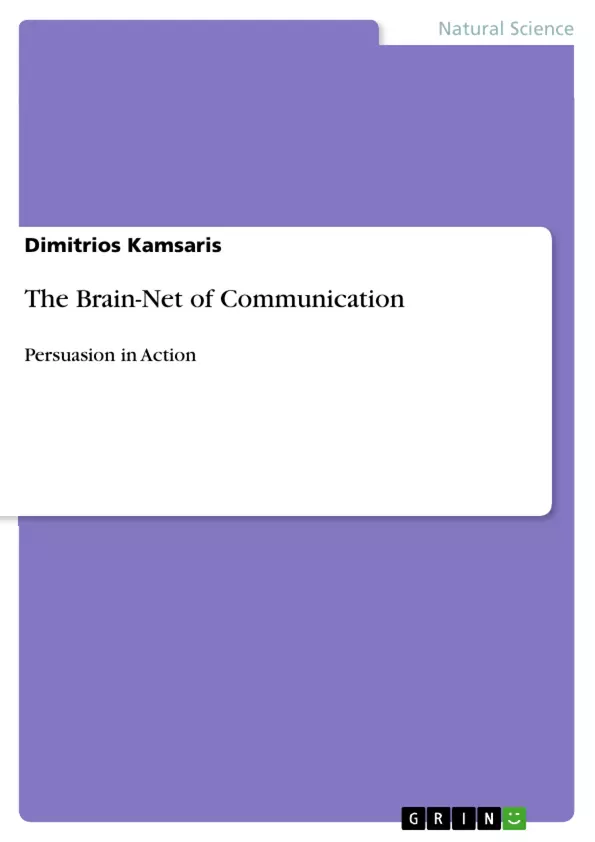This book aimed at answering the question in which way the perception of the brain influences the communication that is prevailing within human interaction. Further to that, does communication result in conflict or conflict resolution? What is the problem represented to be? What presuppositions underlie the conceptions concerning the communication process? What effects are produced by such representations? How are subjects constituted within the communication?
Inhaltsverzeichnis (Table of Contents)
- Introduction
- Defining the Problem: Communication Pattern
- The Research Questions
- Supporting Bibliography
- Conceptualizing the Entity
Zielsetzung und Themenschwerpunkte (Objectives and Key Themes)
This book seeks to understand how human perception influences communication within various entities. Specifically, it aims to determine whether communication leads to conflict or conflict resolution. It also delves into the nature of the problem, the underlying presuppositions of the communication process, the effects of these representations, and how individuals are constituted within communication.
- The impact of perception on communication within entities
- The role of communication in conflict or conflict resolution
- The nature and underlying presuppositions of the communication process
- The effects of communication representations on individuals
- The constitution of individuals within communication
Zusammenfassung der Kapitel (Chapter Summaries)
The introduction sets the stage by examining the concept of communication patterns within entities and outlining the research questions that drive the book's exploration. These questions center around the influence of perception on communication, its role in conflict, the underlying principles of communication, the effects of representations, and the formation of individuals within communication.
The supporting bibliography chapter delves into the theoretical framework underpinning the study, particularly in the area of organizational theory. It explores the perspectives of sociological disciplines, open-systems theory, and organizational psychology, highlighting the relationship between companies and their environments. The chapter further examines the three schools of thought in institutional theory – historical institutionalism, rational choice institutionalism, and sociological institutionalism – focusing on how they shape company structures, employee behavior, and the development of shared meaning.
Schlüsselwörter (Keywords)
The primary focus of this book is on the relationship between communication, perception, and the brain. It explores the impact of perception on communication patterns, both within individuals and within organizations. The book also investigates the influence of communication on conflict resolution and the underlying principles and effects of the communication process.
- Arbeit zitieren
- Professor Dimitrios Kamsaris (Autor:in), 2003, The Brain-Net of Communication, München, GRIN Verlag, https://www.hausarbeiten.de/document/280897


